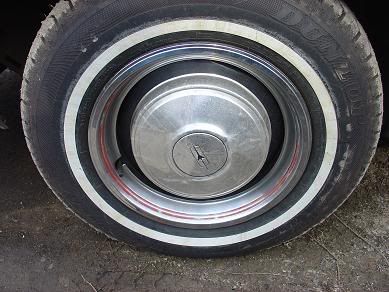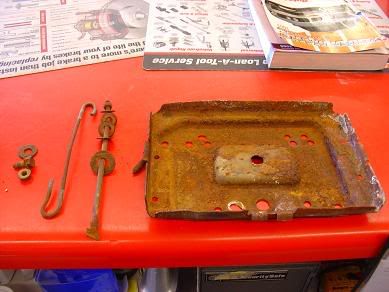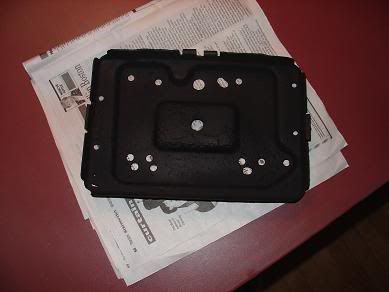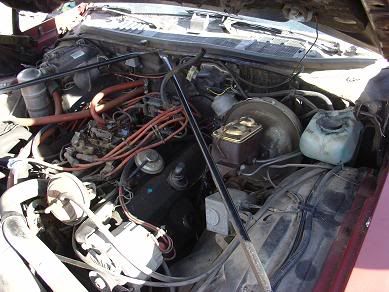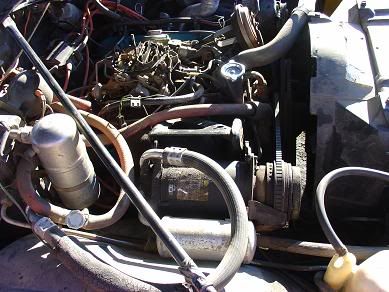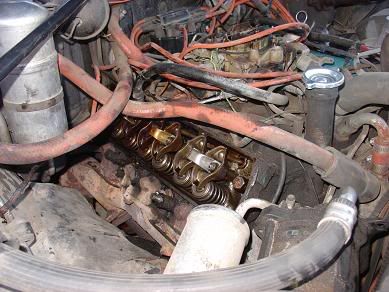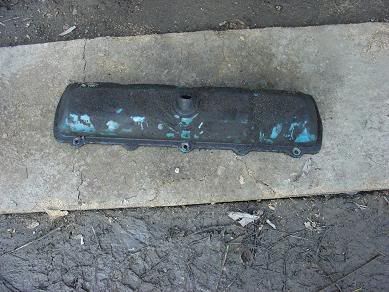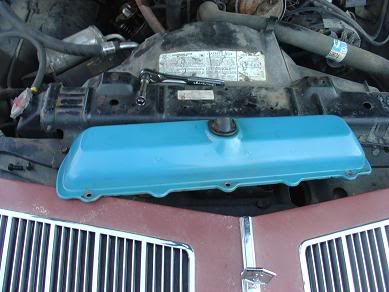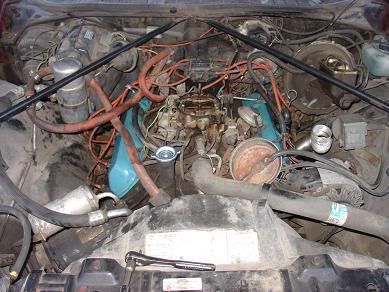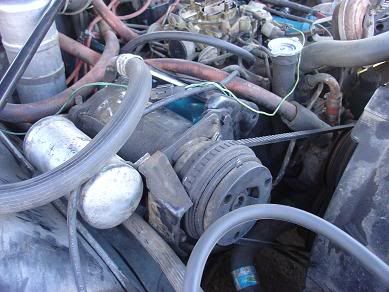1979 Cadillac Coupe DeVille: Sold!
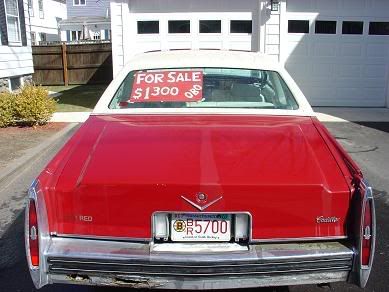
That's right, the big red sled has officially been sold. Ownership was transferred on Friday morning to a young man who, like myself, saw limitless potential in this fine machine; he just had the space to accomodate it as well. One car on top of my daily driver I can do, but two was really pushing it, considering I don't store extra vehicles at my own house. Besides, I also take the most joy in the hunt and the subsequent time spent tinkering on and temporarily driving whatever heap I drag home to ensure that they can once again take their rightful place on the open road. That's what it's really all about for me, anyways. I'd rather see one older car on the road than a thousand brand new ones. When I bought this car, it was a half step away from being sent to the junkyard, to go sit amongst all of the other older cars that were given up on far too easily and are equally as undeserving of being there as this car is. There's a gorgeous royal blue on white on white 1976 Pontiac Grand Prix LJ with factory T-tops and swiveling bucket seats with a center console in a local junkyard I frequent, and there was no way this Coupe DeVille would be spending any time with it if I had anything to say about it. Why haven't I bought the Grand Prix, you ask? Because there's an '83 Parisienne Brougham sitting on top of it, A-pillars buckled. Another classic Colonnade car gone forever.
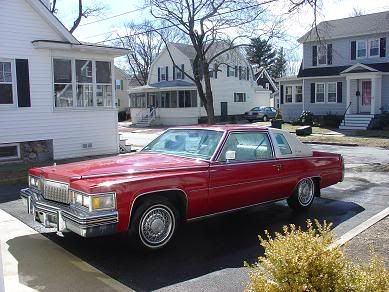 What a handsome looking car this is. Could you honestly see this thing in the General Motors section of your local junkyard, perhaps with the hood up and the engine and transmission and steering column missing and half of the dashboard in the back seat? How about a rotted out long body Fleetwood Brougham or Ninety-Eight Regency stacked on its shiny red roof? What a sorry sight that would be! Because I wasn't afraid to take on a little bit of a challenge, this fine old Cadillac got to see another day, and is now in the process of being restored by its new owner, and that makes it all worth it to me. I gave it a new lease on life. New cars may have more creature comforts than an old clunker does, but are extremely lacking in their charm, and this is what draws me to looking in backyards and garages for the next beater in need of a little freshening up. Older cars have character that just isn't matched by any cars being produced today. It's because of this that I try and do what I can to save whatever I can, in hopes that maybe some day someone else will be able to see what I see in these wonderful old road warriors and feel a call to action themselves.
What a handsome looking car this is. Could you honestly see this thing in the General Motors section of your local junkyard, perhaps with the hood up and the engine and transmission and steering column missing and half of the dashboard in the back seat? How about a rotted out long body Fleetwood Brougham or Ninety-Eight Regency stacked on its shiny red roof? What a sorry sight that would be! Because I wasn't afraid to take on a little bit of a challenge, this fine old Cadillac got to see another day, and is now in the process of being restored by its new owner, and that makes it all worth it to me. I gave it a new lease on life. New cars may have more creature comforts than an old clunker does, but are extremely lacking in their charm, and this is what draws me to looking in backyards and garages for the next beater in need of a little freshening up. Older cars have character that just isn't matched by any cars being produced today. It's because of this that I try and do what I can to save whatever I can, in hopes that maybe some day someone else will be able to see what I see in these wonderful old road warriors and feel a call to action themselves.
